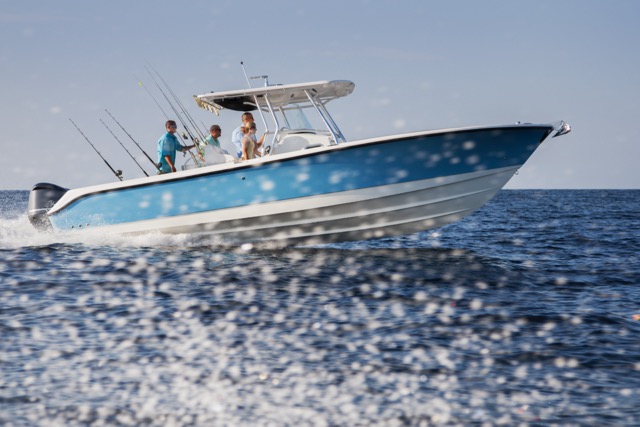
I have a lot of people who come to me asking how I maintain and store my fishing reels, rods and gear between fishing trips. This is an important part to fishing as it’s going to affect your level of enjoyment when you’re out on the water fishing. If you haven’t prepared adequately you’re going to end up with under-performing gear, missing essential tools and just an overall feeling of frustration. I have a process that I try to stick to when preparing for fishing trips. This includes not only the initial preparation but also what to do when your fishing trips end. This article will help to create a process that works for you that will improve the overall quality of your fishing trips.
Preparation
Not many of us like to prepare their fishing equipment the night before a fishing trip, however taking these simple steps can help stop most headaches when you go out on the water. Make sure all your reels are in working order and ready to go by doing the following:
Cleaning and Storing Between Uses
There are several different types of saltwater fishing styles: 1) Boat fishing 2) Surf Fishing 3) Pier fishing 4) Wade fishing. Wade fishing and Surf fishing require additional steps that I will outline in a section below.
When you take your rods off the boat or out of your car and are ready to store them here are some tips on what to do. These steps apply to all types of fishing that you do.
General Cleaning and Storing Tips
Wade and Surf Fishing
Boat and pier fishing are the easiest types of fishing when it comes to cleaning and storing your rods/reels between use. This is mainly because your rod/reel is not typically going to come into direct contact with saltwater which has corrosive minerals, and perhaps sand and grit. These two types of fishing use the basic steps to cleaning and storing your reels. Wade fishing and surf fishing, however, have additional steps that are covered below.
In addition to the steps above, I recommend the following when wade fishing and surf fishing. When back onshore or back in your boat, take a clean, wet towel (with freshwater) and wipe down each rod/reel you’ve used. Both wade fishing and surf fishing cause a large amount of saltwater to build up on a rod/reel even after just a dozen or so casts. I recommend wiping these down before moving from one location to another or even after a couple hours in the surf. In my experience with cleaning, maintaining and repairing reels, this is the #1 cause for a reel to corrode and to need maintenance or repairs. Taking a couple seconds to wipe the rod/reel down immediately after use will greatly cut down on your corrosion or maintenance issues.
Things to avoid or just plain not do
I’ve had people recommend soaking their reels in a bucket of freshwater or some who like to drench a reel with a hose and soap. There are a couple reasons not to do this. Most reels are not watertight. Baitcast reels have holes in them that will allow water to get into the gears and bearings. Spinning reels are a little better in that the interiors are somewhat sealed but they can still get water into them. Some soaps can dissolve lubricants that reels need for protection to work properly. So don’t completely flush a reel with water as it’s going to lead to eventual corrosion and water damage. Also, don’t flush a reel with a hard stream of water that can drive sand and grit into the gears and bearings or use soap on them. Be gentle when using a hose to clean your rods/reels and when you do you will keep them working and looking great!
I hope that you got some useful advice on how to Maintain and Store your fishing reels, rods and gear. Just remember that when you’re out there fishing you’re going to have a much better time with gear that is working properly and is there for when you need it most.
Thanks and keep those lines tight!
Chris Fischer
Senior Fishing Correspondent | Owner
Fischer Angling LLC
[email protected]
www.fischeranglingpro.com